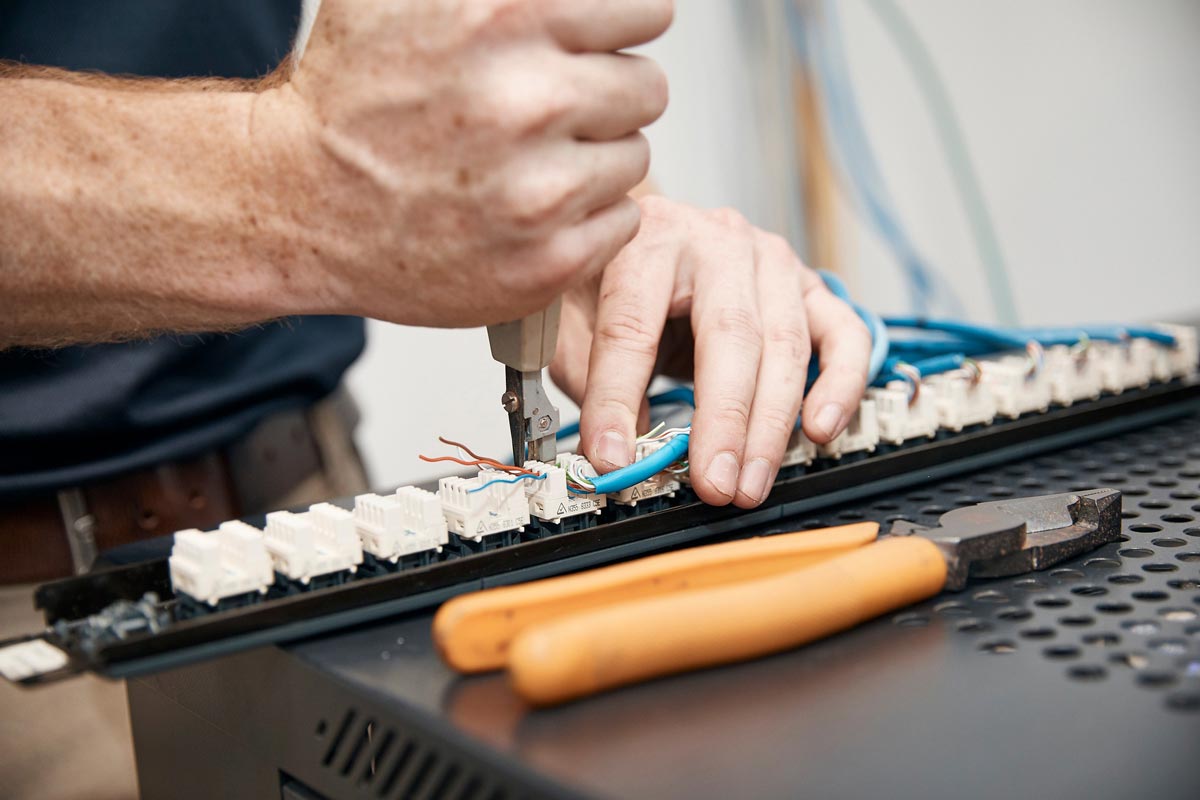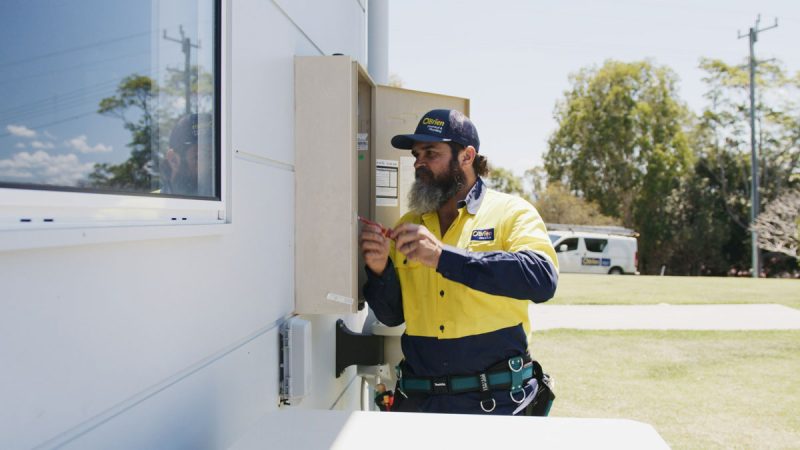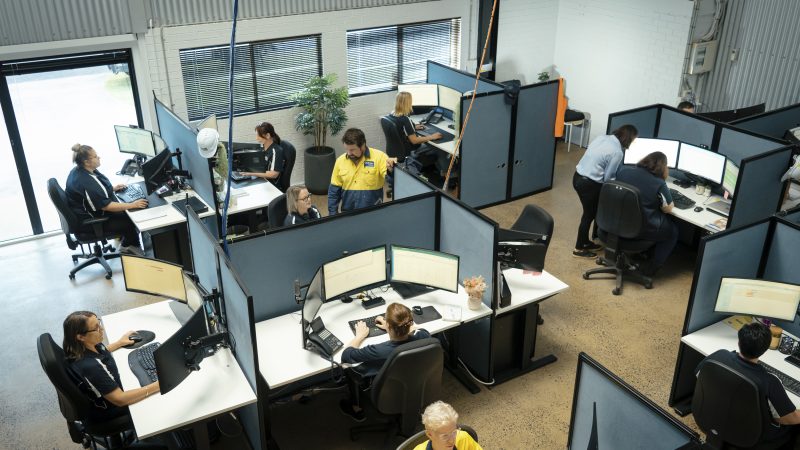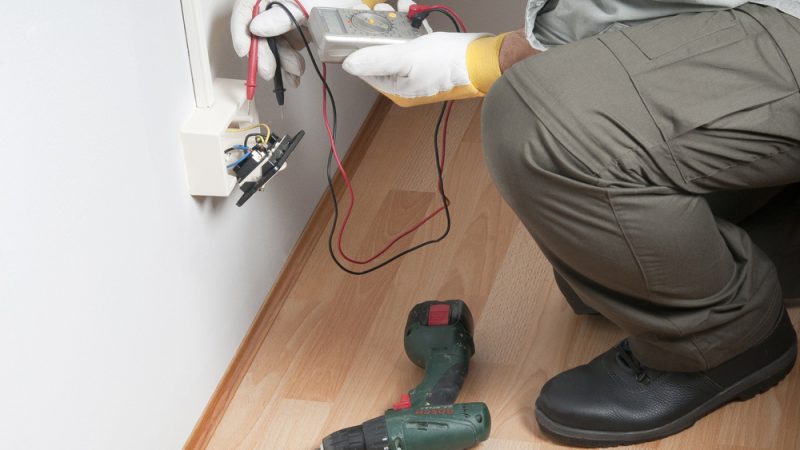Articles / Commercial Electrician
7 Common Electrical Issues In Commercial Buildings And Fixes
6 June 2024

Electrical systems are the lifeline of any commercial building, powering everything from the lights overhead to the computers in our offices. Yet, like any complex system, things can go wrong. Whether it’s the annoyance of a flickering light or the more daunting issue of persistent power outages, electrical issues in commercial buildings can pose significant challenges to daily operations. Understanding these problems and how to address them can save time and money and ensure safety. In this blog post, we’ll explore some of the most common electrical issues commercial buildings face and the fixes that can keep your operations running smoothly.
1. Frequent Power Outages
Power outages in commercial buildings are commonly attributed to external power supply issues; however, they can also stem from internal problems such as faulty wiring or overloaded circuits. Regular inspections and maintenance of electrical panels and connections are essential to prevent unexpected downtime and ensure continuity of operations.
Internal causes of power outages often include overloaded circuits, where too many high-power devices operating simultaneously exceed the electrical system’s capacity, leading to a shutdown. Additionally, aged infrastructure plays a significant role; older buildings with outdated wiring are inherently more susceptible to power outages. Keeping these systems updated and properly maintained is crucial in minimising disruptions and maintaining safety standards.
2. Tripping Circuit Breakers
Circuit breakers are designed to protect your electrical system by shutting off the power when they detect a fault or overload. Frequent tripping can indicate underlying problems:
- Overloaded circuits: This is often caused by plugging too many devices into one circuit.
- Short circuits: A more serious issue where a live wire comes into contact with a neutral wire.
- Ground faults: Particularly dangerous in areas with high moisture levels.
To mitigate these risks, call an experienced commercial electrician to:
- Identify and redistribute high-load appliances to different circuits.
- Inspect wiring for signs of damage or wear.
- Install additional circuits to handle increased loads, ensuring compliance with safety standards.
3. Persistent Electrical Surges and Their Dangers
Electrical surges can be caused by various factors, including lightning strikes, faulty appliances or poor electrical wiring. Frequent surges can damage equipment, dramatically reducing its lifespan. To combat this, it’s crucial to install surge protectors, maintain proper wiring and replace any malfunctioning appliances that could be causing the surges.
Additionally, regularly checking and upgrading the building’s grounding system by a commercial electrician can significantly enhance protection against surges, ensuring that excess electrical energy is safely directed away from sensitive equipment.
4. Dimming or Flickering Lights
When lights in your building flicker or dim, it often indicates larger electrical issues. Here’s how to address them:
Inspect Wiring
Faulty wiring can often cause fluctuations in your lighting. Regular inspections can catch and correct these issues early.
Check Connections
Loose connections can also lead to inconsistent lighting. Ensuring all connections are secure is a simple fix that can have a significant impact.
Assess the Load
Overloaded circuits might not always trip a breaker but can manifest as dimming lights. Evaluating the load and adjusting accordingly can solve this problem.
Frequent inspections and maintenance are vital in preventing these issues from becoming more severe.
5. High Energy Bills
Unusually high energy bills in commercial buildings can often be traced back to electrical system inefficiencies. These might include outdated HVAC systems, poor insulation or energy-draining old lighting fixtures.
Upgrading to energy-efficient appliances and systems and regular maintenance checks can significantly reduce these costs. Additionally, automated energy management systems can provide further savings by optimising energy usage based on actual building occupancy and usage patterns.
6. Unexplained Electrical Smells
An unusual smell coming from your electrical systems is not something to ignore. Here’s what to do:
Identify the Source
Tracking down the source of the smell is critical. It could be a sign of overheating components. Regular inspections can prevent these issues from escalating.
Shut Down
If you detect a burning smell, shut down the affected system immediately and disconnect it from power. This immediate action can prevent further damage or potential hazards.
Consult a Professional
Call a reliable commercial electrician to assess and repair the issue safely. A professional can ensure your system is up to standard and functioning correctly.
7. Outdated Electrical Systems
Older buildings often struggle with the demands of contemporary electrical devices and appliances. Upgrading your electrical system can improve safety, efficiency and compatibility with modern technology. Key considerations include:
- Ensure that any renovations adhere to national safety codes. Staying compliant ensures safety and avoids legal complications that could arise from non-compliance.
- Protect against overload with updated technology. Modern circuit breakers are more sensitive and reliable, providing better protection for sophisticated electronic equipment.
Need Expert Electrical Services? We’re Here to Help!
At O’Brien Electrical & Plumbing Lismore, we understand the complexities of commercial electrical systems. If you’re experiencing any of the issues discussed or need a comprehensive assessment of your electrical infrastructure, we’re here to help. Get in touch with us today!



